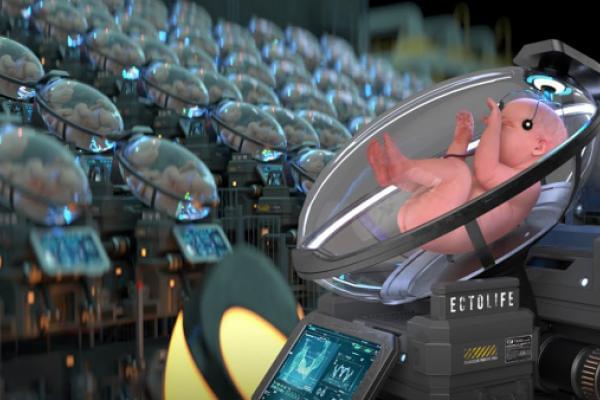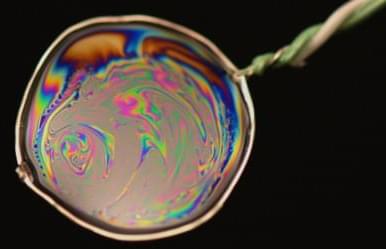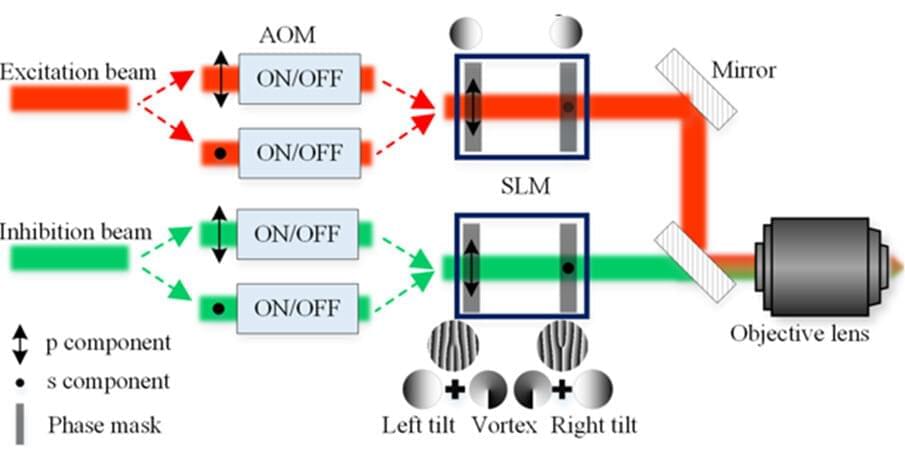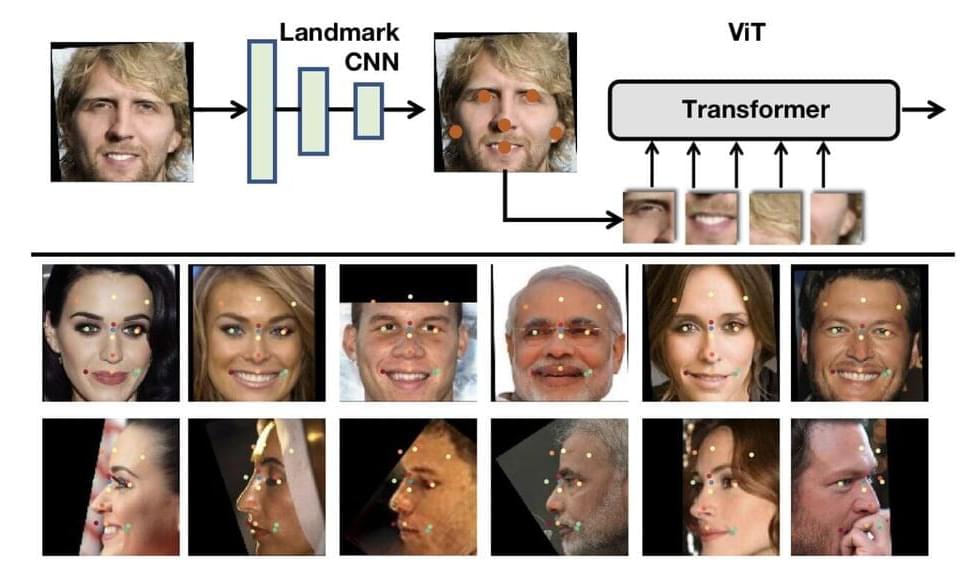
Researchers discovered a new daily rhythm in a kind of synapse that dampens brain activity using a mouse model. These neural connections, known as inhibitory synapses, are rebalanced as we sleep to allow us to consolidate new information into lasting memories. The results, which were published in the journal PLOS Biology, may help explain how subtle synaptic changes improve memory in humans. Researchers from the National Institute of Neurological Disorders and Stroke (NINDS), which is part of the National Institutes of Health, led the study.
“Inhibition is important for every aspect of brain function. But for over two decades, most sleep studies have focused on understanding excitatory synapses,” said Dr. Wei Lu, senior investigator at NINDS. “This is a timely study to try to understand how sleep and wakefulness regulate the plasticity of inhibitory synapses.”
Kunwei Wu, Ph.D., a postdoctoral fellow in Dr. Lu’s lab, investigated what occurs at inhibitory synapses in mice during sleep and wakefulness. Electrical recordings from neurons in the hippocampus, a brain region involved in memory formation, revealed a previously unknown pattern of activity. During wakefulness, steady “tonic” inhibitory activity increased but fast “phasic” inhibition decreased. They also discovered a far larger activity-dependent enhancement of inhibitory electrical responses in awake mouse neurons, suggesting that wakefulness, rather than sleep, might strengthen these synapses to a greater extent.


















